Physical Address
304 North Cardinal St.
Dorchester Center, MA 02124
Crohn’s disease cat scratch colon eosinophilic gastrointestinal disorders cryptogenic multifocal ulcerous stenosing enteritis inflammatory bowel disease ulcerative colitis CD
CSC
EGID
CMUSE
IBD
UC
A long list of conditions can present inflammation or ulcers or strictures in the gastrointestinal (GI) tract. These conditions include eosinophilic GI disorders (EGID), cryptogenic multifocal ulcerous stenosing enteritis (CMUSE), sclerosing mesenteritis, diverticular colitis, and rectal prolapse. They mimic inflammatory or fibrostenotic small bowel or large bowel Crohn’s disease (CD) or ulcerative colitis (UC). Careful endoscopic examination and documentation, along with histologic assessment, is the key for the diagnosis and differential diagnosis.
EGID represent a disease spectrum eosinophilic esophagitis, eosinophilic gastritis, eosinophilic gastroenteritis, enteritis, and eosinophilic colitis. The etiology of EGID is unknown, with allergic factors be contributing factors. EGID are characterized by eosinophilic infiltration, edema, and thickening of the GI tract, leading to various symptoms. There are mucosal, muscular layer, and subserosal phenotypes, which necessitate the differential diagnosis from CD and UC.
Endoscopic findings of mucosal disease are nonspecific, including nodular or polypoid mucosa, thickened (gastric) folds, loss of vascularity, erythema, mucosal erosions, and ulceration ( Figs. 32.1–32.3 ). Mucosal and transmural biopsies may be helpful. Some patients may require laparoscopic full-thickness biopsy. Of note, peripheral and tissue eosinophilia can also be present in patients with inflammatory bowel disease (IBD) .
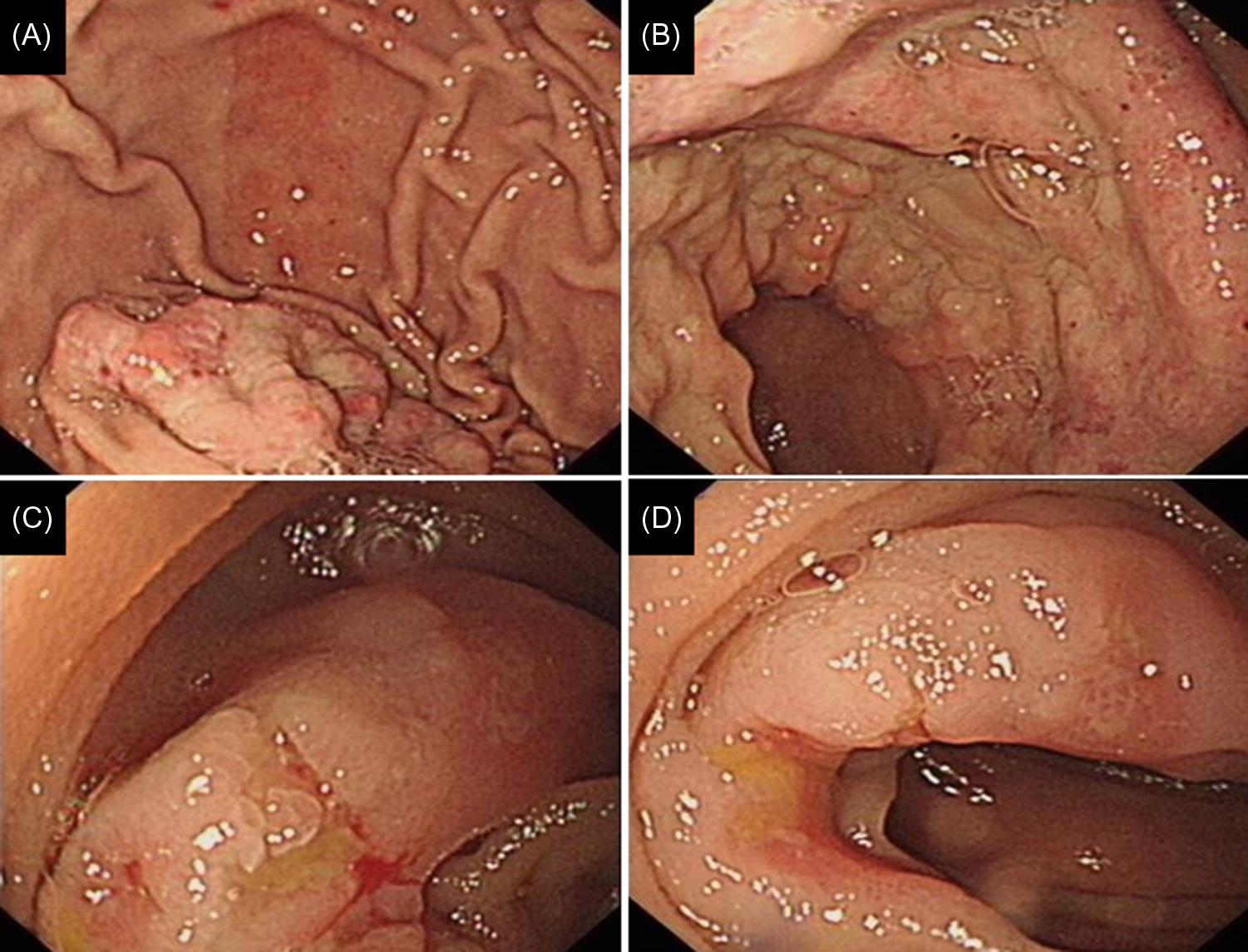
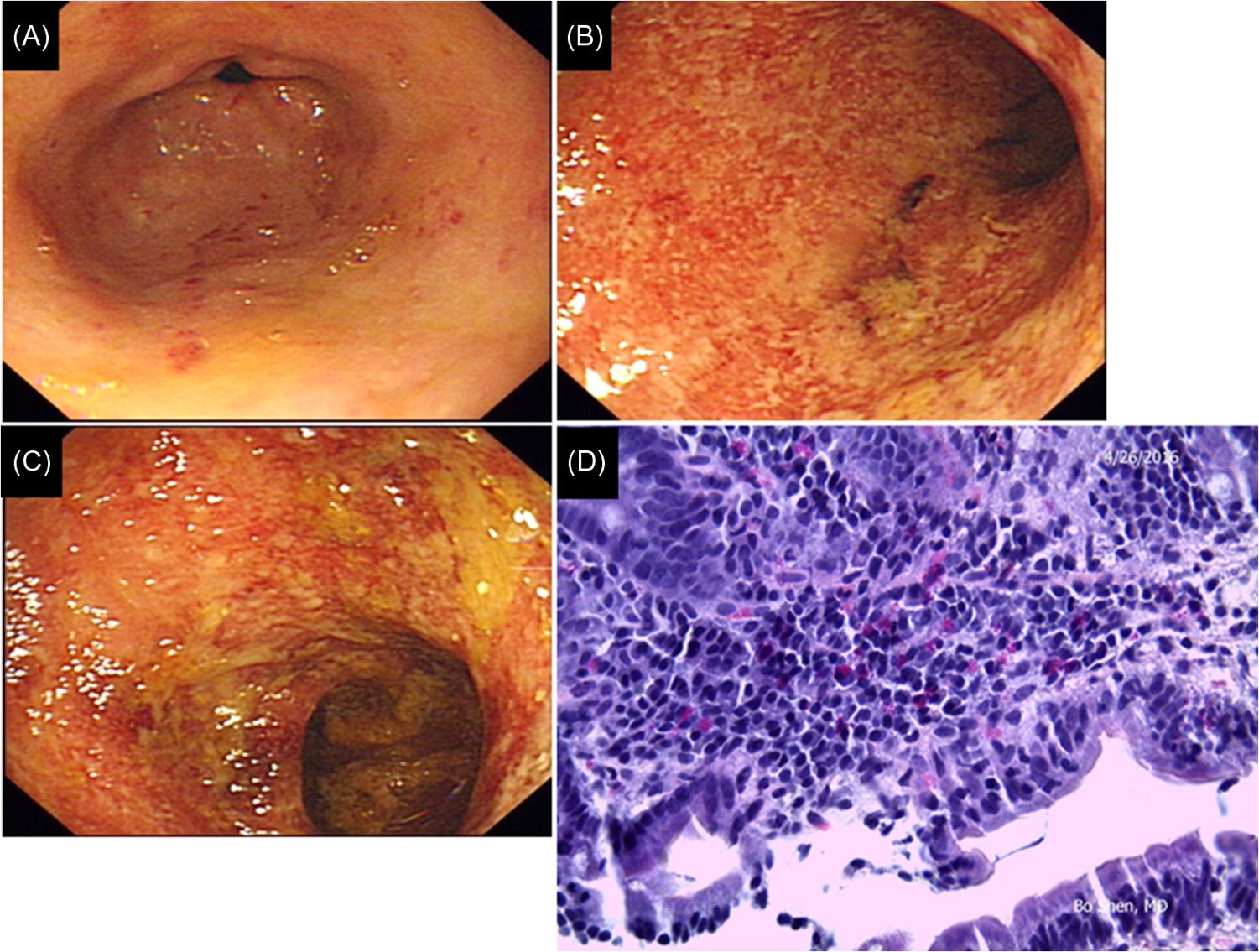
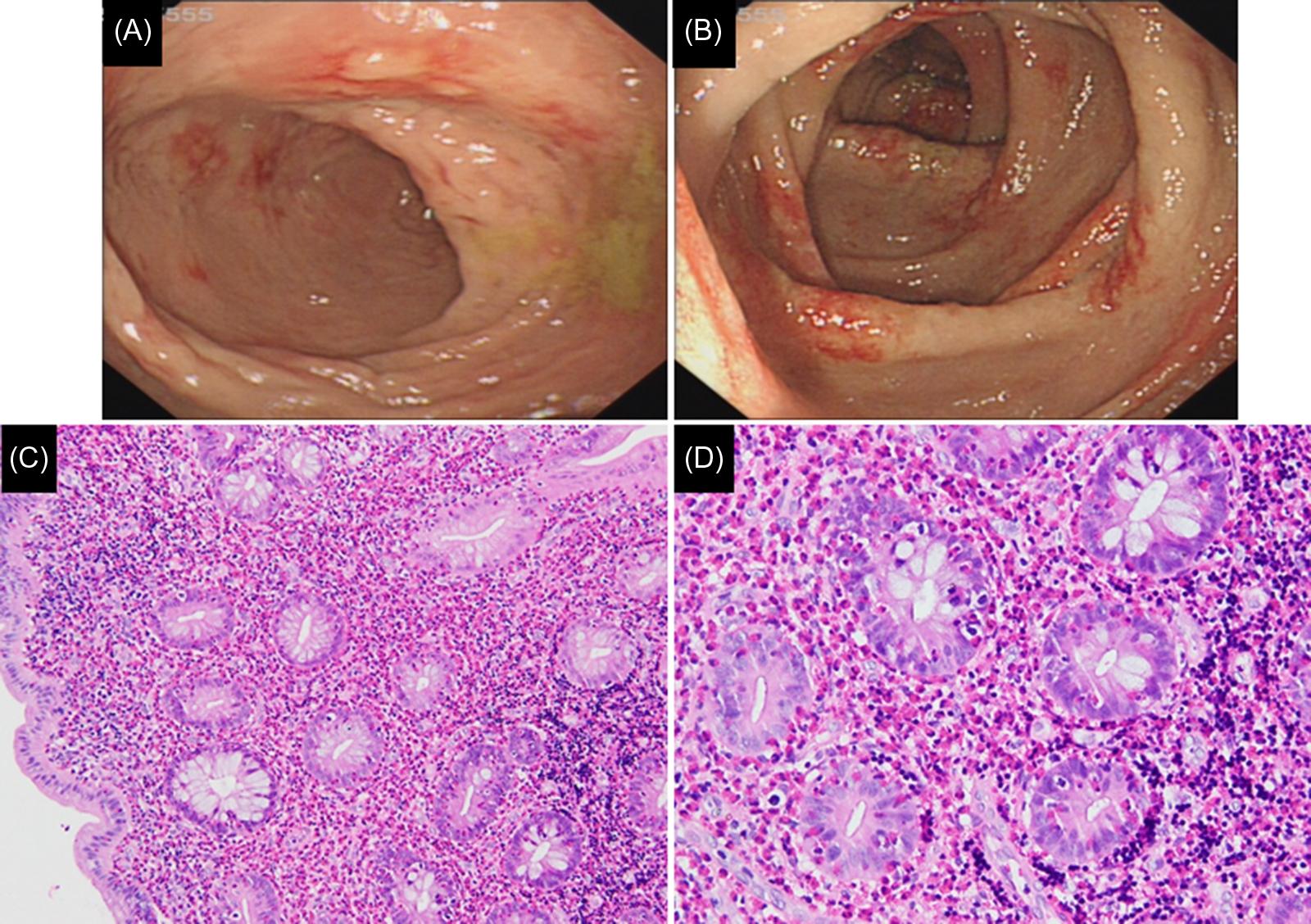
CMUSE with unknown etiology is characterized by chronic and intermittent bouts of bowel obstruction resulting from multiple short ulcerated strictures in the jejunum and/or ileum. CMUSE mainly affects middle-aged patients. CMUSE lesions are limited to the mucosa and submucosa, without granuloma formation. Overlapping is observed between CMUSE and small bowel stricturing CD (L 1 B 2 in the Montreal classification) in clinical presentation and imaging . Endoscopy may provide information for diagnosis and differential diagnosis . The role of small intestine wireless capsule endoscopy in the diagnosis of CMUSE is yet to be defined, due to the concern of retained capsule ( Figs. 32.4–32.6 ).
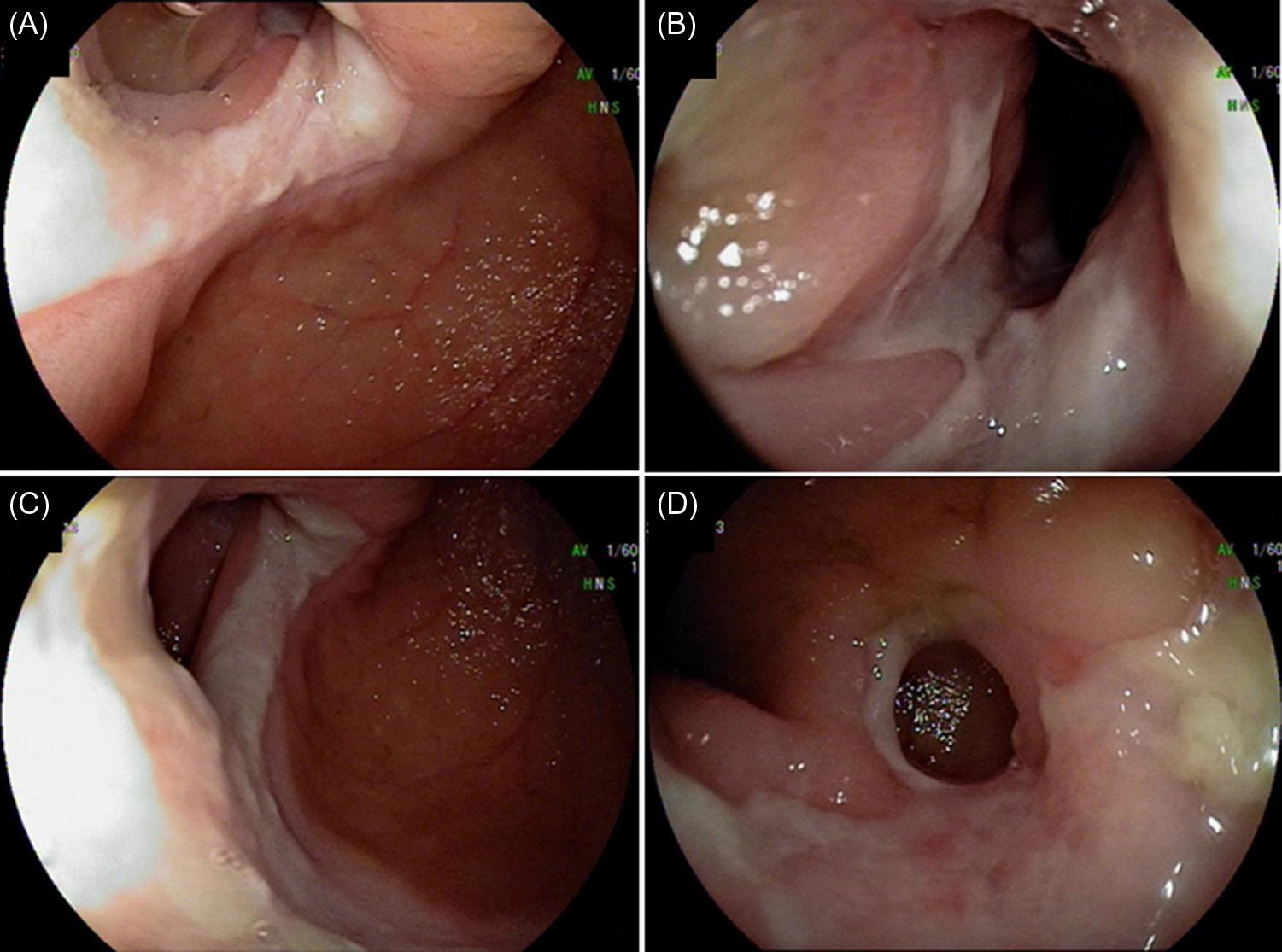
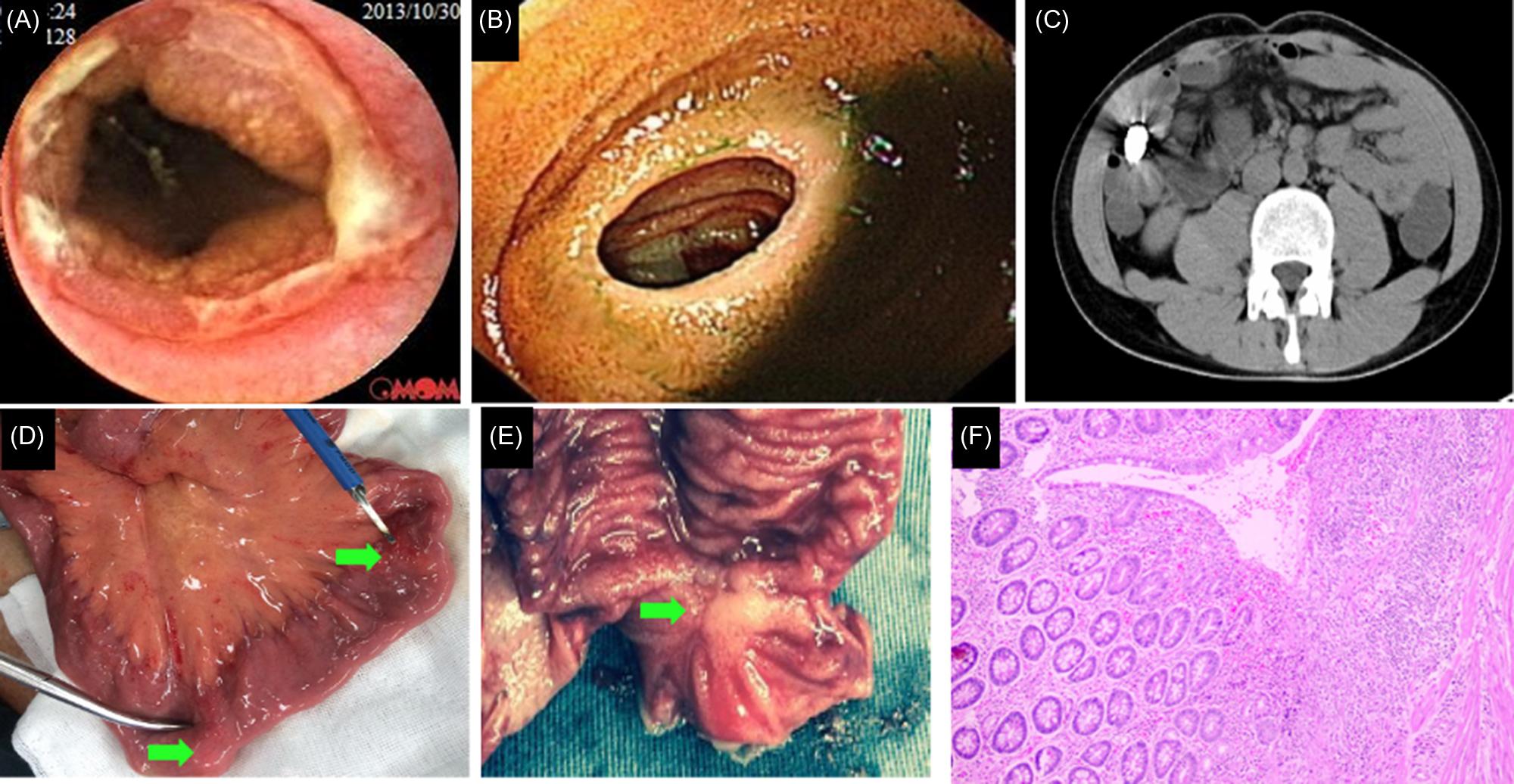
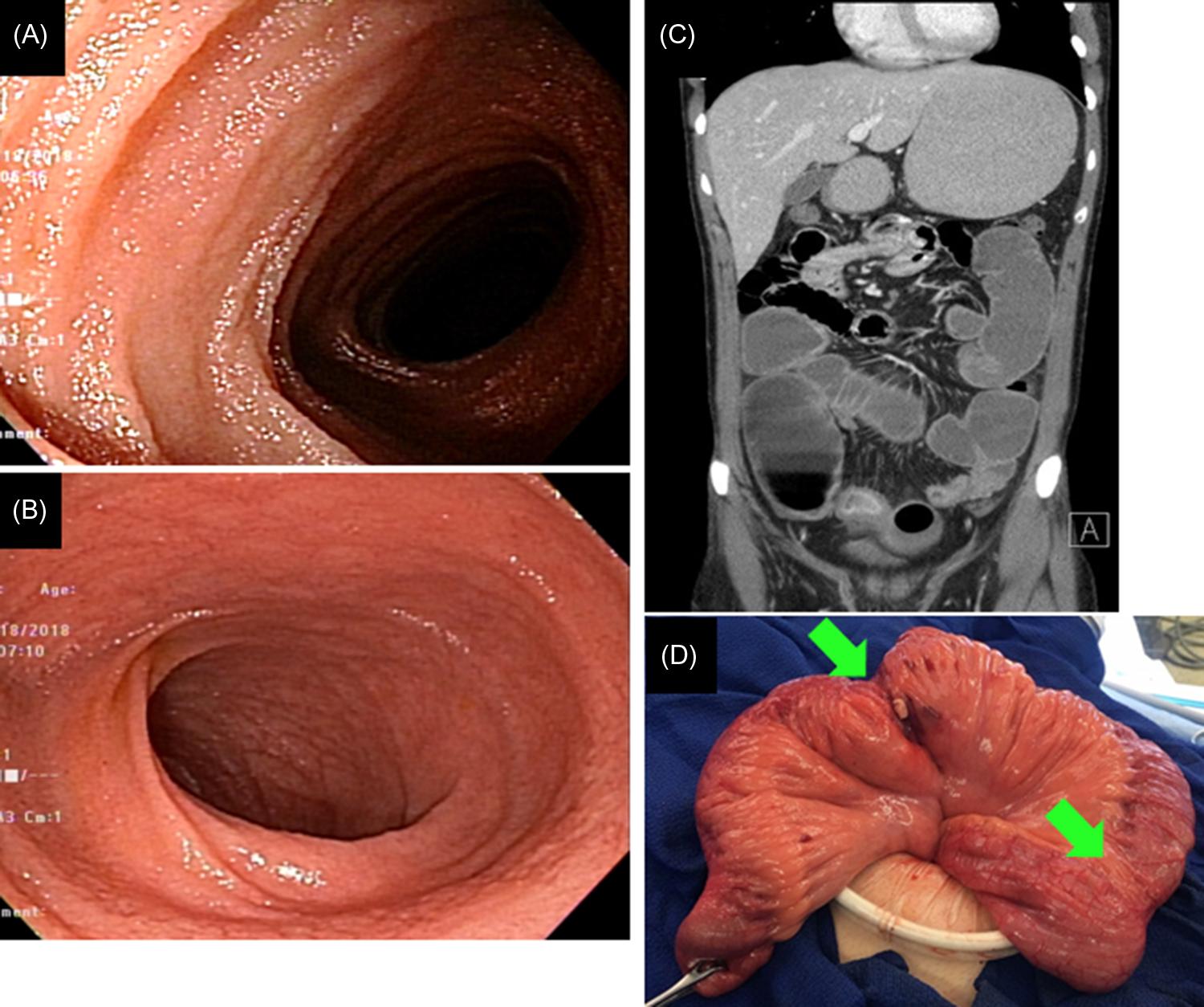
Become a Clinical Tree membership for Full access and enjoy Unlimited articles
If you are a member. Log in here